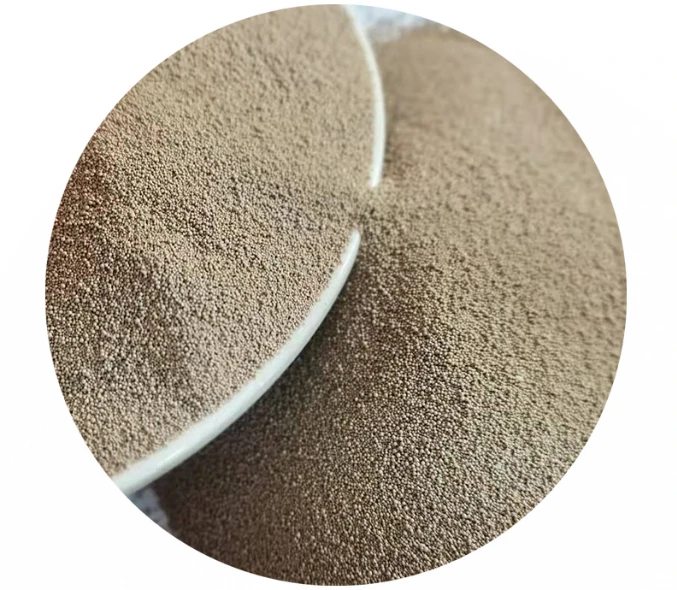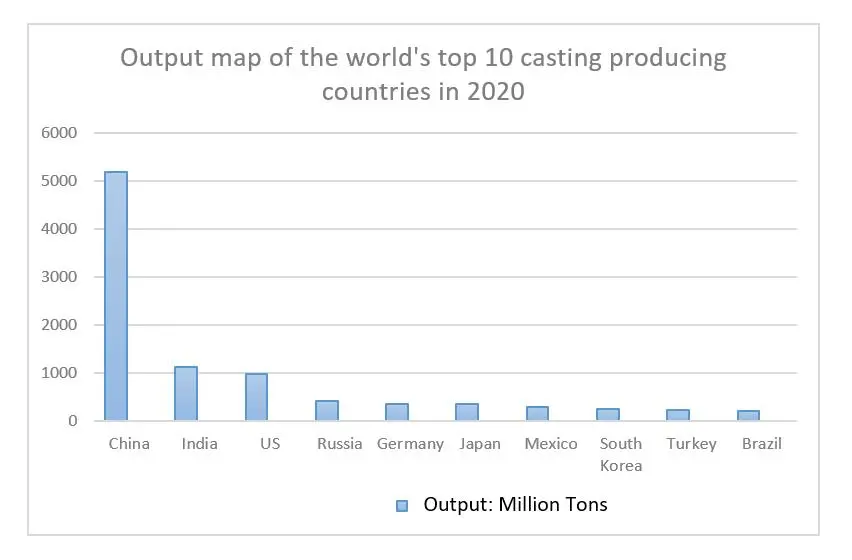

Advancements in technology and automation in sand casting can offer cost benefits over traditional methods. Automated molding lines enhance precision and efficiency while reducing labor costs, often translating to lower prices for consumers. However, not all shops have transitioned to these systems, making traditional setups potentially more costly. Labor costs additionally play an essential role. Geographical location can affect labor costs substantially. In countries where wages are higher, the overall price for sand casting will inevitably reflect these expenses. Skilled labor, crucial for handling precise and complex casting projects, commands a premium. Quality assurance and post-processing steps like cleaning, grinding, or heat treatment also contribute to the overall cost. Ensuring that the final product meets quality standards is crucial, albeit sometimes at an extra cost, ensuring that the consumer receives a product that not only meets but exceeds expectations. Moreover, logistical considerations, including transportation and supply chain factors, can influence the sand casting price. Importing metals or even the sand required for casting can add additional costs, which are often passed down to the consumer. Therefore, while evaluating sand casting prices, companies must balance multiple factors - material choice, design complexity, quantity, and post-processing quality. Partnering with a reputable foundry can enhance both value and quality, ensuring that the casting not only meets specific requirements but does so within budgetary constraints. In conclusion, the value derived from understanding these intricacies is immense, empowering businesses to make informed, strategic decisions. Businesses should seek partnerships with professional and transparent suppliers who are capable of providing insights and guidance tailored to their specific needs, leading to optimized results both in quality and cost efficiency. Post time:Jan . 26, 2025 05:25
Next:sand casting sand types
